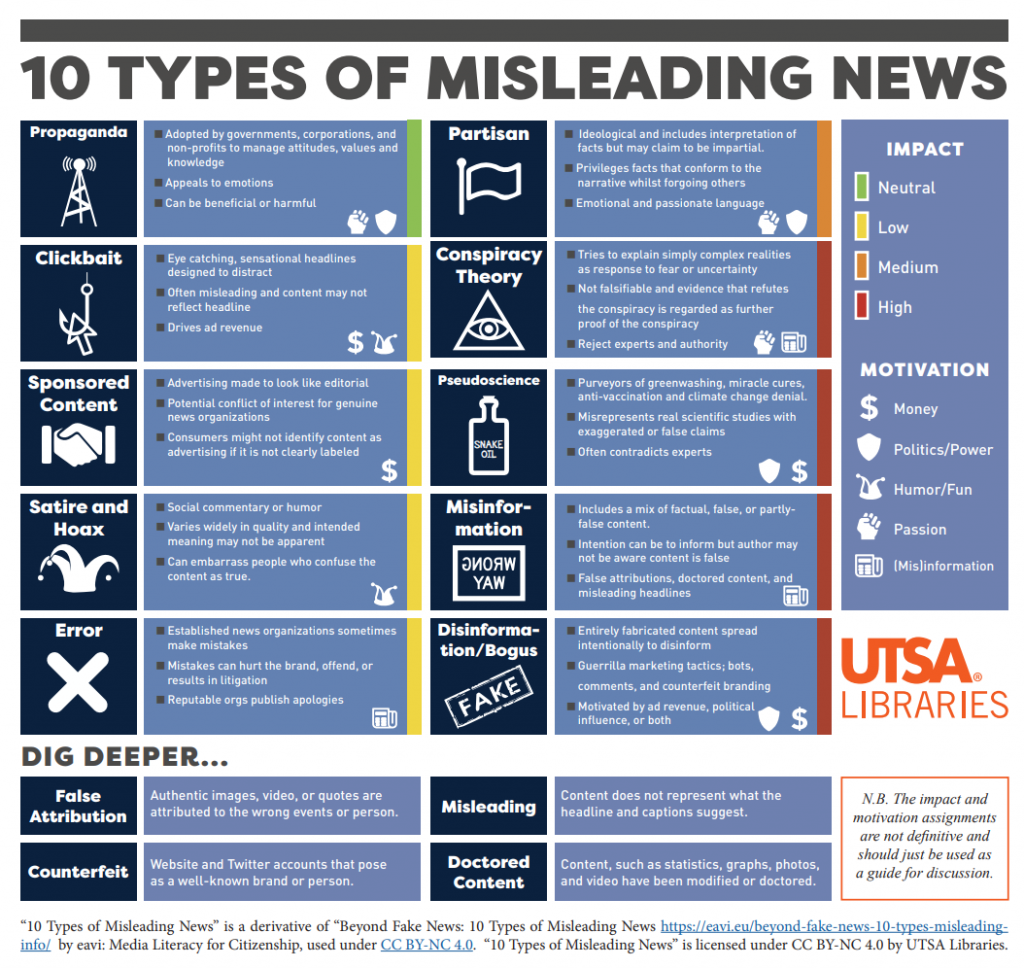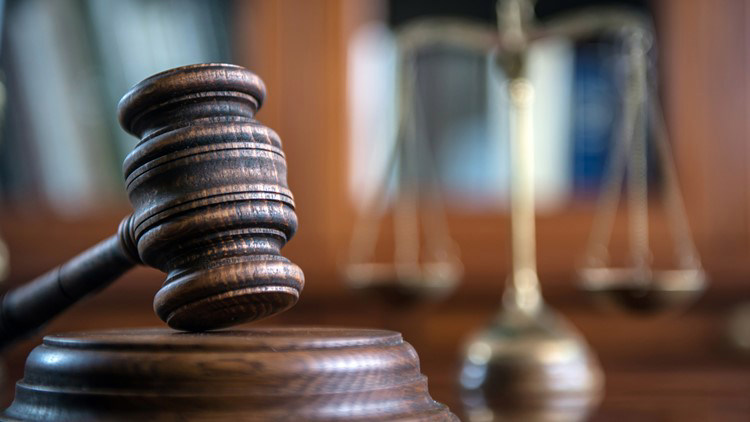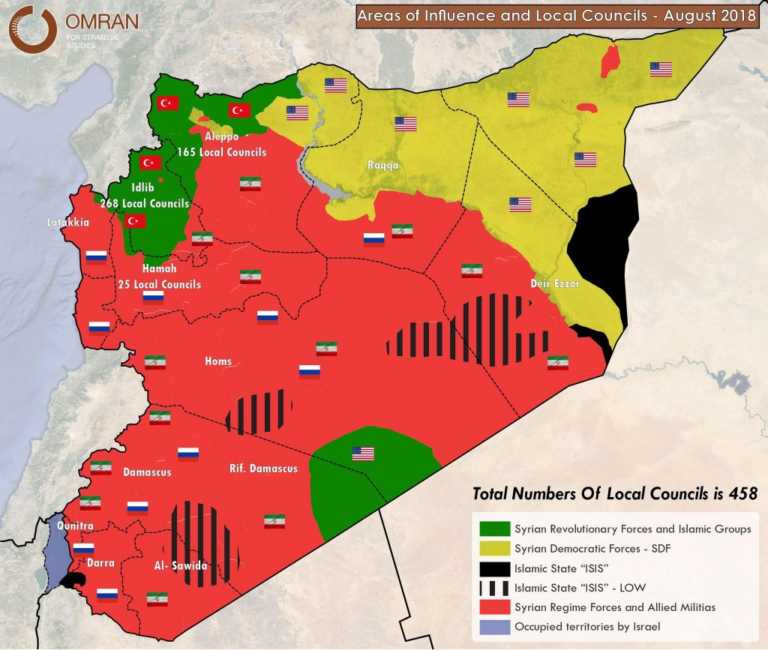Understanding Misinformation Resistance: A CNN Expert Analysis

Table of Contents
The Role of Critical Thinking in Misinformation Resistance
Critical thinking is the cornerstone of effective misinformation resistance. It involves actively engaging with information, questioning its validity, and forming well-reasoned judgments. Two key aspects of critical thinking are crucial in combating misinformation: evaluating sources and identifying logical fallacies.
Evaluating Sources: The Foundation of Fact-Checking
Assessing the credibility of information sources is paramount. Reliable sources are characterized by accuracy, objectivity, and transparency. Unreliable sources often lack these qualities, employing manipulative tactics to spread misinformation.
- Look for author expertise: Is the author an expert in the field? Do they have relevant credentials?
- Check for fact-checking: Has the information been verified by reputable fact-checking organizations?
- Identify bias indicators: Does the source exhibit overt bias or a lack of objectivity?
- Assess publication reputation: Is the publication known for accuracy and journalistic integrity? Consider established news organizations versus less-vetted online sources.
Techniques for spotting fake news websites and social media accounts include examining the website's URL (look for unusual characters or misspellings), checking the "About Us" section for transparency, and scrutinizing the comments section for signs of coordinated disinformation campaigns.
Identifying Logical Fallacies: Unmasking Deceptive Arguments
Misinformation often relies on logical fallacies—errors in reasoning that make arguments appear valid when they are not. Recognizing these fallacies is essential for effective misinformation resistance.
- Ad hominem attacks: Instead of addressing the argument, the source attacks the person making the argument.
- Straw man arguments: The source misrepresents the opponent's argument to make it easier to attack.
- False dilemmas: The source presents only two options when more exist, forcing a choice that may be misleading.
- Appeals to emotion: The source manipulates emotions instead of using logic and reason.
For example, a claim that climate change is a hoax because a specific scientist has a controversial past is an ad hominem attack. A news article that simplifies a complex policy debate into a binary "good vs. evil" choice employs a false dilemma.
The Influence of Media Literacy on Misinformation Resistance
Media literacy, the ability to access, analyze, evaluate, and create media, is another crucial component of misinformation resistance. It empowers individuals to navigate the media landscape critically and make informed decisions.
Understanding Media Bias: Recognizing Perspectives
All media sources have biases, whether implicit or explicit. Understanding these biases is key to critical evaluation.
- Left-leaning bias: Sources may lean towards progressive viewpoints.
- Right-leaning bias: Sources may favor conservative ideologies.
- Confirmation bias: Sources might present information confirming pre-existing beliefs.
Recognizing bias doesn't mean dismissing the source entirely, but rather considering the perspective from which information is presented. For instance, a news report focusing primarily on the economic benefits of a policy while neglecting its environmental impact might reflect a bias towards economic growth.
Recognizing Propaganda Techniques: Identifying Manipulation
Propaganda techniques are used to manipulate audiences and spread misinformation. Understanding these techniques helps in identifying deceptive messaging.
- Bandwagon effect: Creating the impression that everyone supports a particular idea.
- Name-calling: Using loaded language to attack opponents and ideas.
- Glittering generalities: Using vague, positive language to promote an idea without providing concrete evidence.
- Testimonials: Using endorsements from celebrities or supposed experts to lend credibility to false claims.
These techniques often work in tandem. For instance, a social media campaign might use glittering generalities and testimonials to create a bandwagon effect, persuading individuals to accept misinformation without critical scrutiny.
The Importance of Social and Cognitive Factors in Misinformation Resistance
Our susceptibility to misinformation is not solely determined by our cognitive abilities; social and psychological factors play a significant role.
The Dunning-Kruger Effect and Misinformation: Overconfidence as a Barrier
The Dunning-Kruger effect describes the phenomenon where individuals with limited knowledge overestimate their understanding. This can make them more vulnerable to misinformation, as they are less likely to question dubious claims. They may believe they possess sufficient knowledge to evaluate information accurately, hindering their ability to detect misinformation.
Cognitive Biases and Misinformation: The Influence of Pre-existing Beliefs
Cognitive biases significantly impact how we process information.
- Confirmation bias: The tendency to seek and interpret information that confirms pre-existing beliefs.
- Motivated reasoning: The tendency to process information in a way that supports desired conclusions.
- Availability heuristic: Overestimating the likelihood of events that are easily recalled, often due to their vividness or emotional impact.
These biases can lead to the acceptance of misinformation, as individuals may selectively focus on information that aligns with their worldview and dismiss contradictory evidence.
The Power of Social Networks and Misinformation: Echo Chambers and Algorithmic Amplification
Social networks can create echo chambers and filter bubbles, amplifying misinformation and limiting exposure to diverse perspectives. Social media algorithms, designed to maximize engagement, often prioritize sensational or emotionally charged content, leading to the widespread dissemination of false information.
Strategies for mitigating the effects of social media on misinformation consumption include diversifying news sources, critically evaluating information shared by friends and family, and being aware of the algorithms that shape our online experiences.
Conclusion
This article has highlighted the critical importance of misinformation resistance in navigating the complex information landscape. Building strong resistance requires a combination of critical thinking skills, media literacy, and an awareness of the social and cognitive factors that influence our susceptibility to false information. Developing strong misinformation resistance strategies is crucial in today's world.
Enhance your misinformation resistance today by actively engaging in critical thinking exercises, developing your media literacy, and understanding the psychological factors at play. Learn to spot and reject misinformation for a more informed future. Become a champion of truth and combat the spread of false narratives. Strengthen your resistance to misinformation and contribute to a more informed and resilient society.

Featured Posts
-
 Mini Camera Chaveiro Discreta Seguranca E Praticidade Em Um So Produto
May 03, 2025
Mini Camera Chaveiro Discreta Seguranca E Praticidade Em Um So Produto
May 03, 2025 -
 Covid 19 Test Fraud Lab Owner Pleads Guilty
May 03, 2025
Covid 19 Test Fraud Lab Owner Pleads Guilty
May 03, 2025 -
 Gaza Macron S Inquiete De La Militarisation Potentielle De L Aide Humanitaire Israelienne
May 03, 2025
Gaza Macron S Inquiete De La Militarisation Potentielle De L Aide Humanitaire Israelienne
May 03, 2025 -
 Avrupa Is Birligi Guencel Durum Ve Oenemli Adimlar
May 03, 2025
Avrupa Is Birligi Guencel Durum Ve Oenemli Adimlar
May 03, 2025 -
 Official Lotto Results Wednesday April 16 2025
May 03, 2025
Official Lotto Results Wednesday April 16 2025
May 03, 2025
